Iris 'Blue Note' is one of the most enchanting and elegant varieties of iris, known for its striking blue blooms and graceful appearance. Often referred to as the “blue iris,” this perennial flower brings a sense of tranquility and beauty to any garden. In this comprehensive guide, we’ll delve into everything you need to know about Iris 'Blue Note', including its appearance, growing requirements, care tips, and how to incorporate it into your landscape.
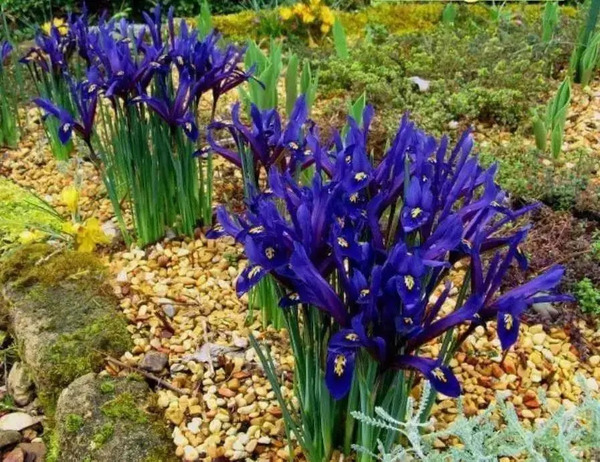
Iris 'Blue Note' is a cultivar of the Iris genus, a well-known family of plants prized for their vibrant flowers and hardy nature. True to its name, Iris 'Blue Note' showcases deep blue petals with subtle hints of lavender, creating a serene and almost musical aesthetic. The plant's striking flowers resemble musical notes, with smooth, rounded petals creating an elegant, upright shape.
This iris variety is typically classified as a bearded iris, which is characterized by the presence of "beards" or fuzzy strands on the central petals of the flowers. These bearded irises are among the most popular in the gardening world, known for their stunning blooms and relatively easy care.
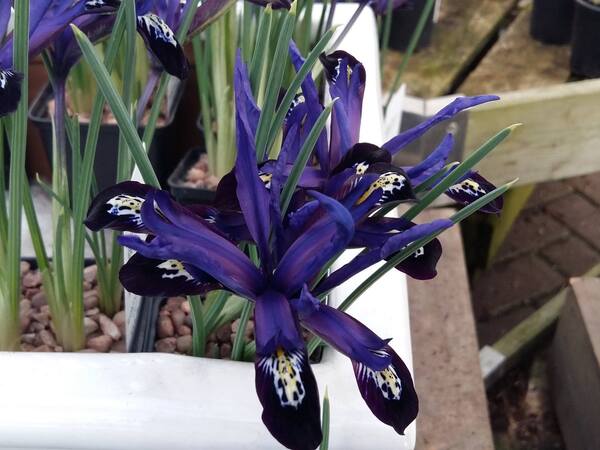
Iris 'Blue Note' boasts a rich, vibrant blue color with a soft lavender hue, making it a favorite among gardeners who love elegant and serene garden designs. The petals are broad and slightly ruffled, with an ethereal, almost silk-like texture. The flowers’ deep blue shades are complemented by contrasting yellow markings near the center, creating a striking visual effect that draws attention from all who pass by.
The flower stalks, also known as "scapes," can reach a height of 30 to 36 inches, supporting several blooms on each stem. The plant blooms in late spring to early summer, providing a burst of color when most other plants are just beginning to flower.
While Iris 'Blue Note' is commonly referred to by its full name, gardeners may also call it the “blue iris” due to its striking color. Some may refer to it simply as the “lavender iris” or “blue bearded iris,” both of which highlight key aspects of the plant’s appearance. These alternative names help emphasize its blue and lavender hues, as well as the characteristic fuzzy beard found on the central petals.
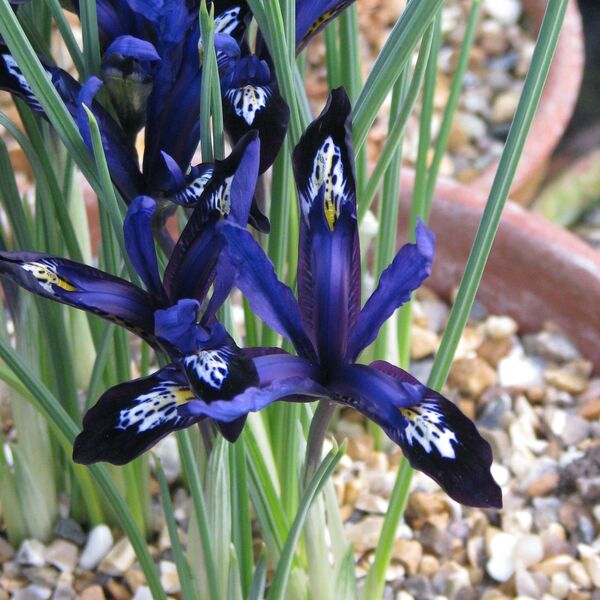
Iris 'Blue Note' thrives in a variety of climates and is relatively easy to grow, making it an excellent choice for both beginner and experienced gardeners. However, to ensure your iris produces the best blooms year after year, certain growing conditions must be met.
Iris 'Blue Note' prefers full sun to partial shade. Ideally, the plant should receive at least 4 to 6 hours of direct sunlight daily. Full sun helps the iris bloom profusely, resulting in vibrant flowers. In areas with hot summers, some afternoon shade may be beneficial to prevent the plant from wilting or becoming stressed.
The plant thrives in temperate climates, with ideal temperatures ranging between 50°F and 75°F (10°C to 24°C). While it can tolerate some colder temperatures, it is important to protect the rhizomes (underground stems) from freezing in harsh winters. In USDA hardiness zones 4 to 9, this iris variety can grow successfully.
Iris 'Blue Note' prefers well-draining soil, as its roots are prone to rot in overly moist conditions. Sandy loam or loamy soil that is slightly acidic to neutral is ideal. If your soil tends to retain water, you can amend it with organic matter like compost to improve drainage. Raised beds are also a good option for growing irises, especially in areas with heavy clay soil.
Make sure the planting site has excellent drainage, as waterlogged soil can lead to root rot and other fungal diseases. Adding gravel or sand to the soil can enhance drainage, ensuring the rhizomes stay healthy and robust.
While Iris 'Blue Note' prefers moist conditions, it does not tolerate standing water. Water the plant regularly during its growing season, but avoid excessive watering, especially in the winter when the plant is dormant. A deep watering once or twice a week during dry periods should suffice, ensuring the soil stays evenly moist but not soggy.
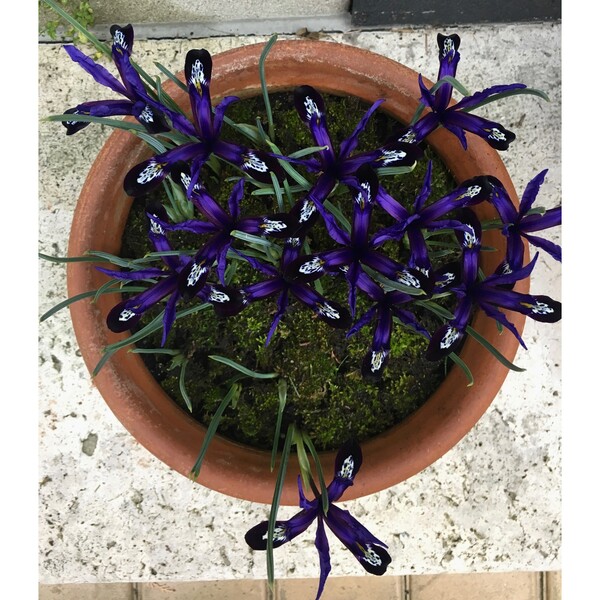
Taking care of Iris 'Blue Note' is relatively simple, but there are a few key steps to keep the plant healthy and encourage stunning blooms year after year.
After the flowers of Iris 'Blue Note' have bloomed, it’s important to remove any spent flowers to encourage further growth. This process, known as deadheading, not only improves the appearance of the plant but also prevents the plant from putting energy into seed production. Cut the flower stalks down to the base of the plant after blooming.
In late fall, trim the leaves to about 4 to 6 inches from the ground to help protect the rhizomes during the winter months. Make sure to remove any dead or diseased foliage to prevent the spread of disease.
Iris 'Blue Note' benefits from regular feeding during the growing season. Use a balanced, low-nitrogen fertilizer to promote healthy blooms and strong foliage. It is recommended to fertilize the plant once in early spring as new growth appears and again after blooming to support the rhizomes for next year’s blooms.
Avoid using high-nitrogen fertilizers, as they can encourage excessive leaf growth at the expense of flowering.
Iris 'Blue Note' should be divided every 3 to 4 years to keep the plants healthy and encourage stronger blooms. Dividing the rhizomes allows the plant to produce new growth and prevent overcrowding. The best time to divide irises is late summer to early fall when the plant is going dormant.
To divide, carefully lift the rhizomes from the soil with a garden fork, trim away any dead or damaged sections, and replant the healthy rhizomes in a new location with fresh soil. Make sure to space the new plants at least 12 to 18 inches apart to allow for proper growth.
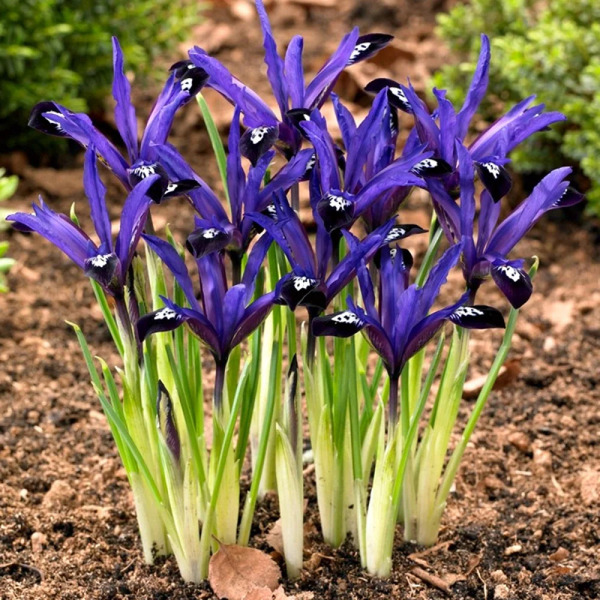
Iris 'Blue Note' pairs beautifully with other plants in the garden. Its vibrant blue flowers make an excellent contrast against plants with warmer hues. Consider pairing it with yellow daffodils, red roses, or purple lavender for a stunning contrast of colors. It also looks beautiful when planted alongside other irises, creating a harmonious blend of shades in your garden.
Additionally, Iris plants tend to grow well with low-maintenance perennials like daylilies, peonies, or hostas, which complement the iris’ upright structure and graceful blooms.
Though Iris 'Blue Note' is relatively hardy, it can encounter some common issues that need attention:
Root rot: Ensure the soil has excellent drainage to prevent this fungal problem. Avoid overwatering.
Iris borer: This insect pest can damage the plant. Keep your garden free of dead leaves and debris, and inspect the plant regularly for signs of infestation.
Leaf spot diseases: Ensure proper spacing between plants to improve air circulation, and remove infected leaves promptly.
Iris 'Blue Note' is an exquisite addition to any garden, offering both visual beauty and ease of care. With its deep blue flowers, striking bearded petals, and graceful growth habit, it’s the perfect choice for gardeners looking to create a tranquil and elegant landscape. Whether you're an experienced gardener or a beginner, this iris variety is sure to bring timeless beauty and a touch of musical charm to your garden.
animal tags: Iris
We created this article in conjunction with AI technology, then made sure it was fact-checked and edited by a Animals Top editor.